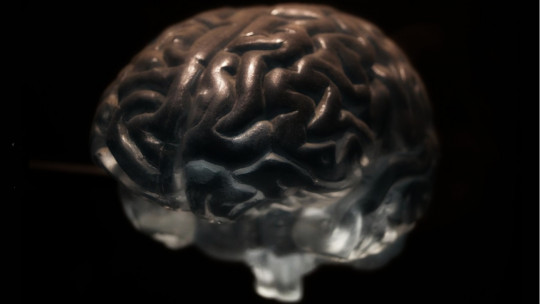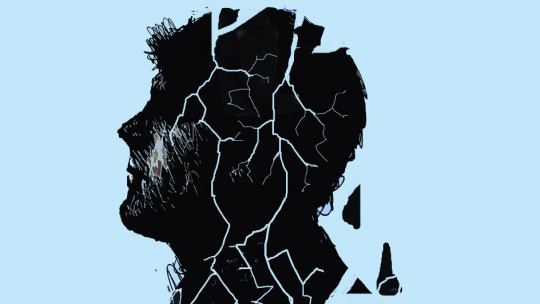
Interpersonal theories that attempt to explain the origin and maintenance of depression focus fundamentally on relational aspects, although they also include intrapersonal elements. They are based on the approaches of H.Sullivan, the Palo Alto School and General Systems Theory. Furthermore, his interest focuses on the development of effective therapies rather than theoretical models.
In this article we will know Gotlib’s interpersonal theory of depression which states that depression begins through a causal chain started by a stressor and that includes variables of various types.
Gotlib’s interpersonal theory of depression: characteristics
Gotlib’s (19871, 1992) interpersonal theory of depression is a theory that attempts explains the origin and maintenance of depression (depressive disorder, according to the DSM-5).
It constitutes, along with Coyne’s (1976) interpersonal theory of depression, one of the most representative theories of relational theories to explain this disorder. Specifically, it is an interpersonal-cognitive theory, because it also includes important cognitive elements
Ian H. Gotlib is an American psychologist, with a doctorate in 1981 in Clinical Psychology from the University of Waterloo. He currently works as a professor of psychology at Stanford University and is director of the Stanford Neurodevelopment, Affect, and Psychopathology Laboratory.
Fundamental ideas
Gotlib’s interpersonal theory of depression considers that the key symptom of depression is of interpersonal origin The key causal mechanism that causes depression consists of a negative interpretation of a stressful event.
On the other hand, there are a series of psychological factors of diathesis, that is, a series of conditions that predispose to the appearance of depression. These factors are:
Causal chain
Gotlib’s interpersonal theory of depression proposes in depression the development of a causal chain initiated by a stressor whether interpersonal (for example a romantic breakup), intrapersonal (for example low self-esteem) and/or biochemical (decrease in serotonin, for example).
The impact of the stressor depends on external factors and the person’s vulnerability. On the other hand, vulnerability is acquired by the person in childhood through adverse family experiences or negative parenting styles.
The aforementioned stressors are subdivided, in turn, into others:
1. Interpersonal factors
They are related to the quality and quantity of social support received (but above all, perceived), with cohesion with friends or family and with the management of family problems.
2. Intrapersonal factors
Intrapersonal stressors, in turn, are divided into two types:
2.1. Cognitive factors
They include negative or depressogenic schemes, cognitive distortions overrated ideas, etc.
2.2. Behavioral factors
include deficits in social skills and coping skills among others.
Social skills allow us to communicate and relate to others successfully, in addition to allowing us to defend our ideas assertively. Coping skills allow us to manage the things that happen to us (whether due to external or internal factors) in an adaptive way, on an emotional and behavioral level.
Depression maintenance
Gotlib’s interpersonal theory of depression includes 3 components that explain the fact that depression persists over time:
1. Autofocus
Self-focusing consists of process by which we direct our attention to any aspect of ourselves It includes, for example, our own physical sensations, emotions or thoughts, as well as the goals we set for ourselves. It involves being aware of the information generated internally.
It is just the opposite of directing attention to environmental (external) stimuli and becoming aware of the information from the environment obtained through the senses or sensory receptors.
2. Interpersonal factors
Its about the person’s poor social skills and maladaptive schemas added to the response of the environment to their symptomatic behavior (which is usually a negative response and rejection).
This idea is also defended by Coyne (1976) in his interpersonal theory of depression. This author explains that the persistent demands of the depressed person gradually become aversive for others, producing a rejection that confirms the negative view of oneself (increasing their feeling of dysphoria).
3. Negative cognitive bias
Finally, Gotlib’s interpersonal theory of depression speaks of negative cognitive biases as maintaining factors of depression, since lead to increased sensitivity and attention to negative aspects as well as a negative (or even catastrophic) interpretation of the situation, causing depression to remain in a kind of “vicious circle.”








